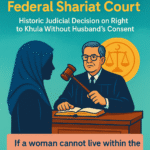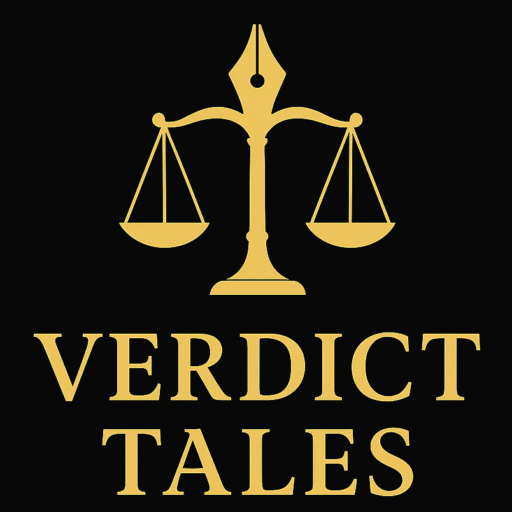The historic Roe v. Wade decision of the Supreme Court changed abortion rights and declared Texas regulations unconstitutional. Discover how this legal fight changed American women’s liberty and privacy.
A Young Woman’s Battle: The Jane Roe Story
A 22-year-old Dallas, Texas woman found herself at a crossroads in the spring of 1970. Pregnant and single, she wanted to terminate her pregnancy, but Texas law stood in her way. Known only as “Jane Roe,” she was Norma McCorvey, a woman whose personal fight would ignite a judicial firestorm. To protect her identity, she faced a difficult decision: carry the pregnancy to term or risk an illegal, dangerous procedure. She was not wealthy and could not travel out of state for a legal abortion. Her story represented countless women trapped by the same rigid laws—not just the suffering of one individual.
Rooted in 19th-century laws, the Texas Penal Code outlawed abortion unless necessary to save a mother’s life. Violators faced jail time, and doctors risked losing their licenses. Unable to access a safe abortion, Roe joined forces with two bold young attorneys, Linda Coffee and Sarah Weddington. They saw her case as a chance to challenge not just Texas law but a society that controlled women’s bodies. Alongside Roe, a doctor named James Hallford—facing criminal charges for performing abortions—and a childless couple, “John and Mary Doe,” joined the fight, arguing the law threatened their future.
This was not just a lawsuit—it was a rebellion against a century-old status quo. Roe’s pregnancy ended before the case went to trial, but her determination did not. She stood for every woman denied a choice, every doctor punished for helping, and every family haunted by the fear of an unplanned pregnancy. As her case reached the U.S. Supreme Court, the nation divided along political, religious, and emotional lines.
From Texas to the Supreme Court: The Legal Battle
The path to the Supreme Court was a grueling legal and moral debate. Roe’s 1970 lawsuit in a Texas federal court argued that the state’s abortion laws violated her constitutional rights to liberty and privacy. Dr. Hallford claimed the laws were vague, forcing doctors to guess what was legal. The Does argued the laws endangered their future and health. Together, they demanded the laws be struck down.
Trial Court: A Partial Victory
A three-judge panel in the Northern District of Texas ruled that Roe and Hallford had standing to sue, meaning they had a real stake in the outcome. Citing violations of the Ninth and Fourteenth Amendments, the court declared Texas’s abortion laws unconstitutional. The judges called the laws overly broad and restrictive, infringing on a woman’s right to choose whether to have children. However, they left the laws in place during appeals, refusing to issue an injunction. The Does were dismissed—their concerns about future pregnancies were too speculative.
Texas Fights Back
Defended by District Attorney Henry Wade, Texas argued its laws protected fetal life—which it claimed began at conception. The state insisted it had a legitimate interest in regulating abortion to safeguard maternal and fetal health. Texas rejected Roe’s privacy argument, claiming abortion was a public, not private, act and that moral and medical concerns outweighed personal choice.
Supreme Court Showdown
After rearguments in 1972, the Supreme Court took up Roe v. Wade (410 U.S. 113). Roe’s legal team, led by Weddington, argued under the Fourteenth Amendment’s Due Process Clause, which protects “liberty” from unjust government interference. They contended that personal privacy—covering marriage, family, and reproduction—included a woman’s right to terminate a pregnancy. They cited cases like Griswold v. Connecticut (1965), which recognized marital privacy, and Eisenstadt v. Baird (1972), extending privacy rights to individuals.
Texas countered that the fetus was a “person” under the Fourteenth Amendment, entitled to rights. The state claimed its interest in preserving life superseded privacy concerns. The debate raged: Was abortion a public moral issue or a private medical decision? Could the state prioritize a fetus over a woman’s autonomy?
The Supreme Court’s Ruling: A New Framework for Abortion
On January 22, 1973, the Supreme Court’s 7-2 decision reshaped American law. Justice Harry Blackmun, writing for the majority, struck down Texas’s abortion laws as unconstitutional, violating the Fourteenth Amendment’s Due Process Clause. The ruling balanced a woman’s privacy rights against state interests in maternal health and potential life, introducing a trimester framework.
The Decision
The Court ruled that while a woman’s right to terminate a pregnancy falls under personal privacy, it is not absolute. States could regulate abortion based on two key interests: protecting maternal health and potential life. The ruling divided pregnancy into three stages:
-
First Trimester (Up to ~12 Weeks):
-
No state interference; the decision rests with the woman and her doctor.
-
The Court noted early abortions were safer than childbirth, so no compelling state interest justified restrictions.
-
-
Second Trimester:
-
States could regulate abortion to protect maternal health (e.g., requiring licensed providers or safe facilities).
-
Abortion could not be banned outright.
-
-
Third Trimester (After Viability):
-
States could prohibit abortion except to save the mother’s life or health.
-




